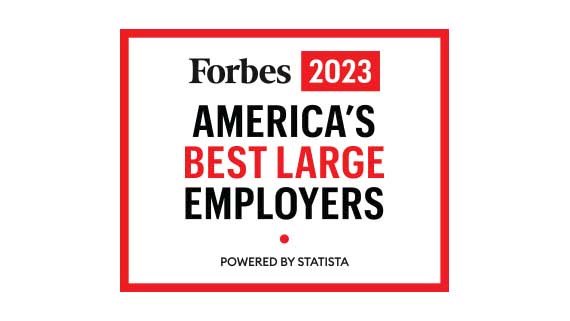Tailored insurance and risk management solutions for all types of business
We're committed to delivering personalized solutions with thoughtful strategic planning, experienced professionals and technology-based solutions that result in sustained client and employee satisfaction. The heart of what we do is responding to our customers' needs quickly and efficiently and creating an insurance program that provides the right solutions at the best cost.
We've assembled the finest staff of professionals whose experience is matched by their intelligence and integrity. We further support our consultants with continuous education, training and cutting-edge technical resources. These highly specialized consultants have helped us build our reputation for excellence and fuel our growth.





